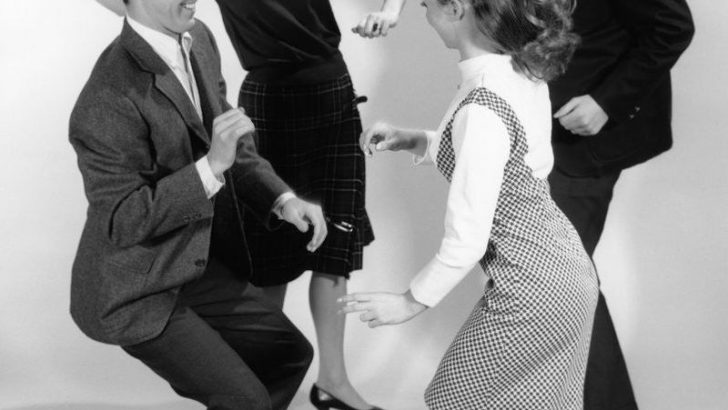Ah, the 1960s—a time of transformation, cultural revolutions, and unforgettable moments that have left a lasting impact on generations. This decade saw the rise of iconic figures, groundbreaking innovations, and events that shaped the world. Whether you experienced it firsthand or have merely heard the tales, recognizing these 15 things from the ’60s is a sure sign of having lived through or learned about one of the most vibrant eras in recent history. Let’s explore these remarkable highlights that defined the swinging sixties.
1. The Beatles’ Ed Sullivan Show Debut
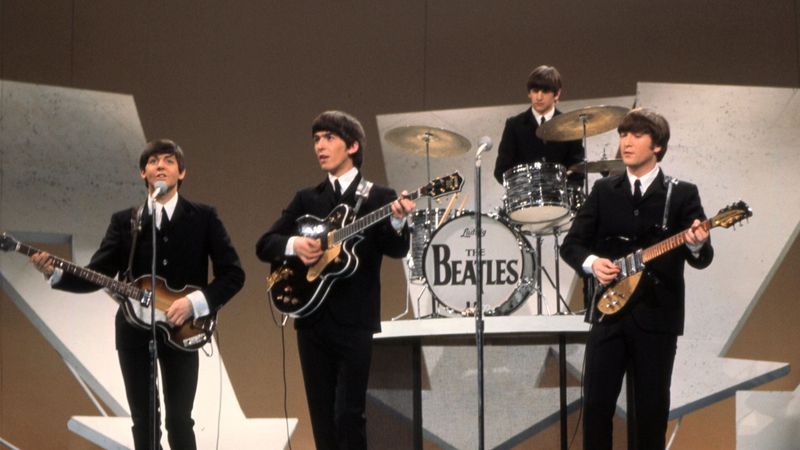
In February 1964, The Beatles made their iconic debut on The Ed Sullivan Show, captivating millions of viewers. Their performance marked the beginning of the British Invasion in America. The Fab Four, with their charming Liverpudlian accents and catchy tunes, quickly became household names. This moment was not just a musical performance; it was a cultural phenomenon.
Teenagers across America were swept up in Beatlemania, and their influence on music and fashion is still felt today. Their appearance signaled a new era in pop culture, making it a memorable event from the ’60s.
2. The Moon Landing
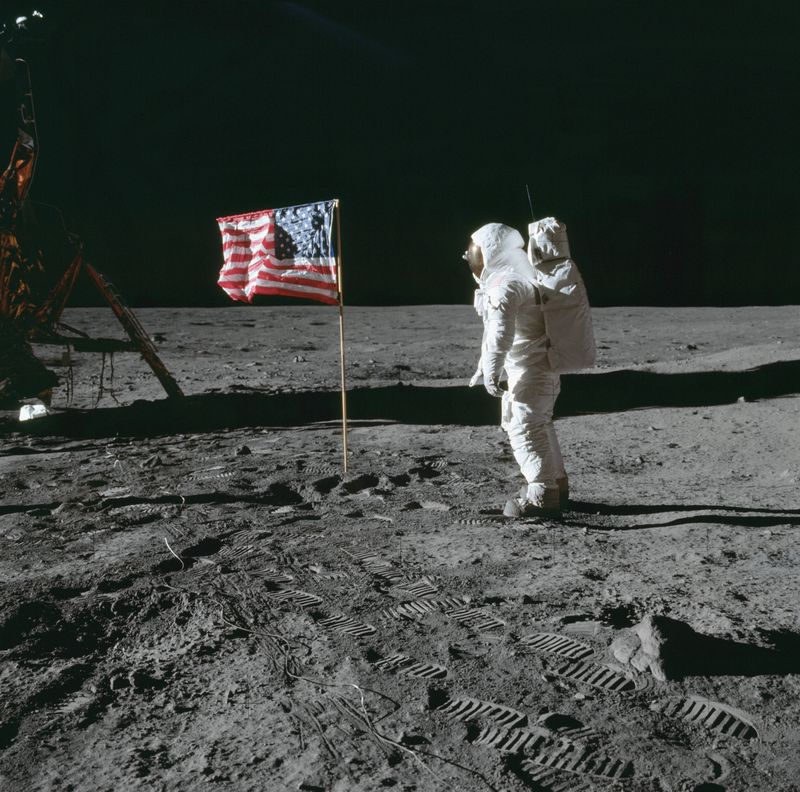
“One small step for man, one giant leap for mankind.” These words, spoken by Neil Armstrong in 1969, marked humanity’s first steps on the Moon. The Apollo 11 mission was a monumental achievement in space exploration and a proud moment for the United States.
Millions watched the live broadcast as Armstrong and Buzz Aldrin explored the lunar surface, planting the American flag. This event unified people globally, showcasing the possibilities of human ingenuity and determination. The moon landing remains one of the most significant achievements of the 20th century.
3. Woodstock Music Festival
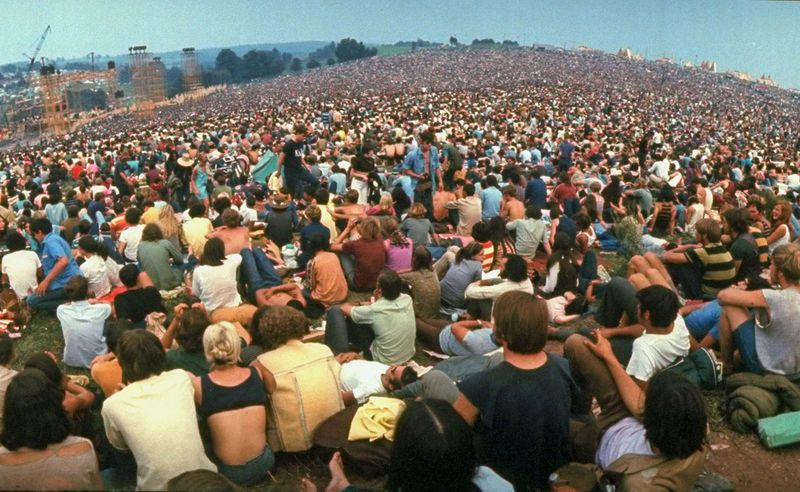
Held in August 1969, Woodstock was not just a music festival; it was a defining moment of the ’60s counterculture. Over 400,000 people gathered on a dairy farm in Bethel, New York, embracing peace, love, and music.
Artists like Jimi Hendrix, Janis Joplin, and The Who delivered legendary performances that resonated with the ethos of the era. Despite the rain and mud, the festival was a testament to the power of music and community. Woodstock is remembered as a symbol of the social revolution and the spirit of the ’60s.
4. The Vietnam War Protests
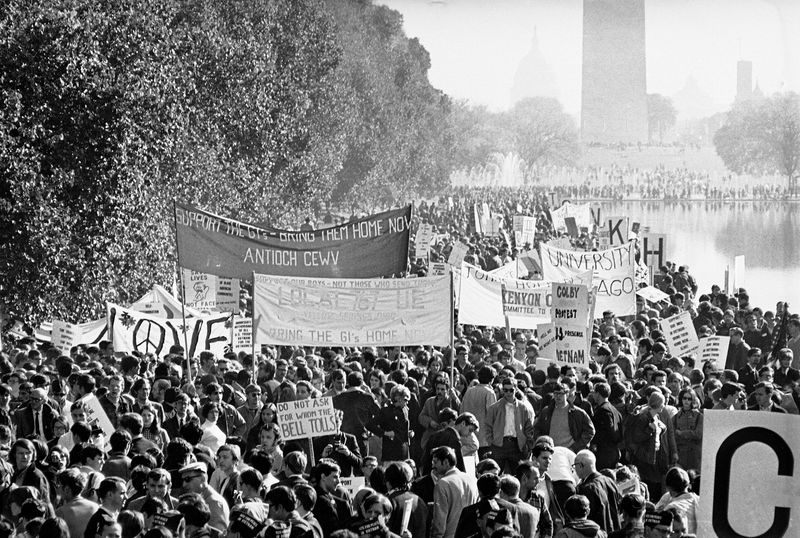
During the late ’60s, protests against the Vietnam War became a powerful expression of dissent. Students, activists, and ordinary citizens took to the streets, demanding peace and an end to the conflict.
These demonstrations were not only about opposing the war but also about challenging authority and advocating for change. The famous chant, “Make Love, Not War,” became synonymous with the movement. This period of activism highlighted the growing divide in public opinion and the desire for social and political reform.
5. Martin Luther King Jr.’s “I Have a Dream” Speech
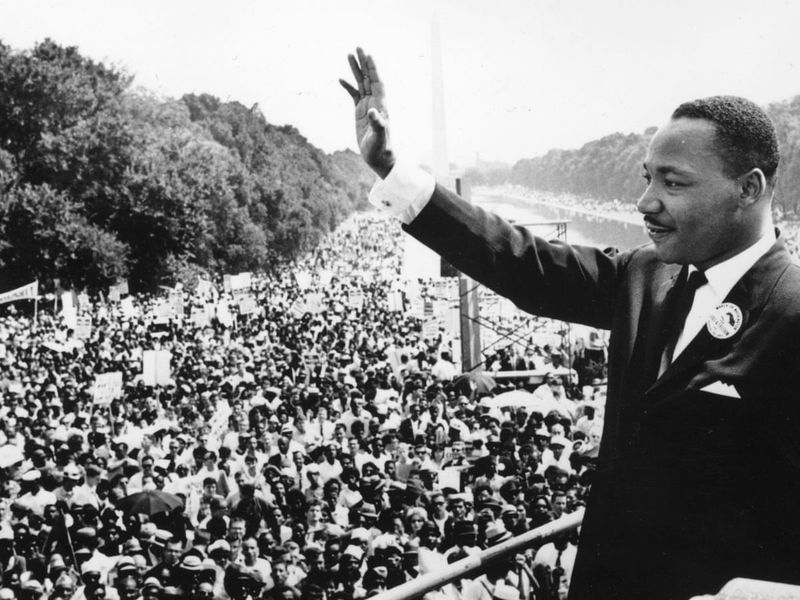
In August 1963, Martin Luther King Jr. delivered his historic “I Have a Dream” speech during the March on Washington for Jobs and Freedom. His words, envisioning a future of racial equality, resonated with millions and became a cornerstone of the Civil Rights Movement.
King’s eloquence and unwavering commitment to nonviolent protest inspired countless individuals to join the fight for justice. This speech remains a defining moment in American history, symbolizing hope and the ongoing struggle for civil rights.
6. The JFK Assassination
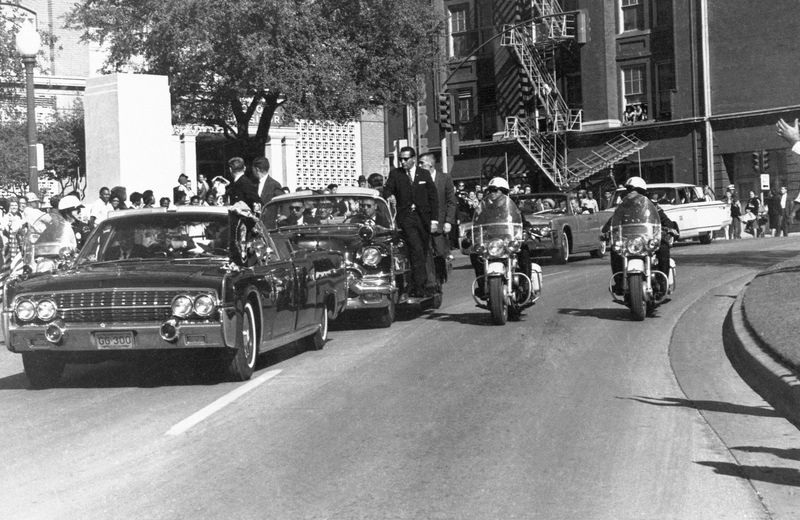
The assassination of President John F. Kennedy in November 1963 shocked the nation and the world. As Kennedy’s motorcade traveled through Dallas, Texas, shots rang out, ending his life unexpectedly.
This tragic event left Americans mourning the loss of a charismatic leader who had inspired hope and change. The assassination led to widespread conspiracy theories and marked a turning point in American history. Kennedy’s legacy continues to influence politics and culture, making this a pivotal moment of the ’60s.
7. The Rise of the Hippie Movement
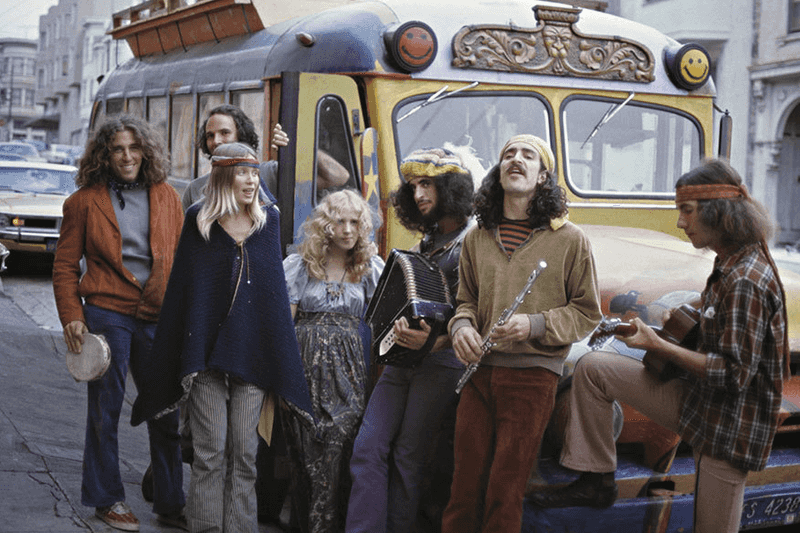
The hippie movement emerged in the mid-1960s, representing a shift towards peace, love, and freedom. Rejecting conventional norms, hippies embraced alternative lifestyles, focusing on harmony and self-expression.
Communal living, psychedelic music, and experimental art defined this subculture. The movement symbolized a rejection of materialism and war, promoting a more compassionate and inclusive society. Though the hippie ethos faced criticism, its influence on culture, fashion, and social values remains evident today.
8. The British Invasion
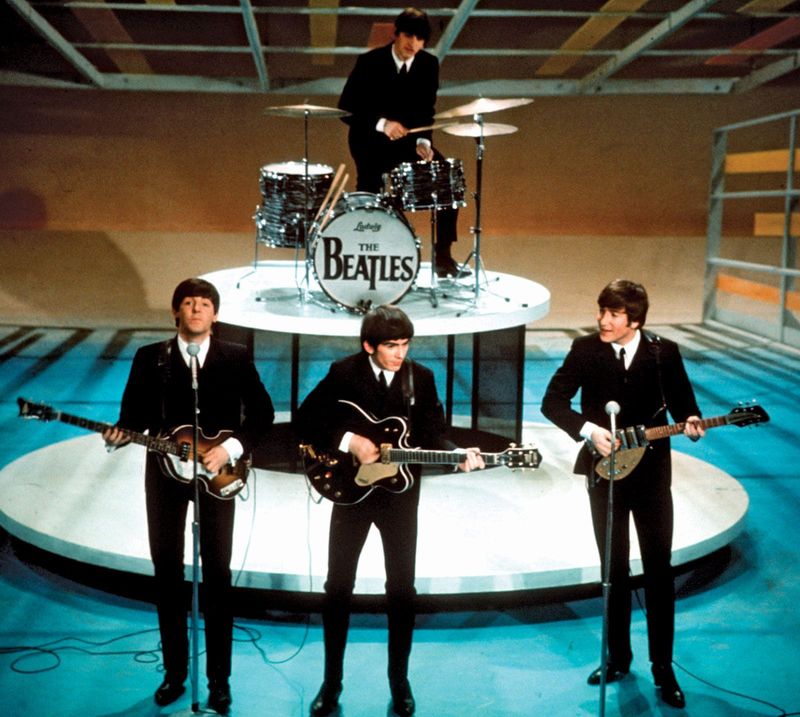
The British Invasion, led by bands like The Beatles, The Rolling Stones, and The Who, transformed the American music scene in the mid-’60s. British bands brought fresh sounds and styles, captivating young audiences.
Their success in the United States marked a significant cultural exchange, influencing music, fashion, and attitudes. This era saw the rise of British rock and pop, with catchy melodies and rebellious spirit defining a generation. The British Invasion’s legacy continues to inspire musicians worldwide.
9. Barbie’s Debut
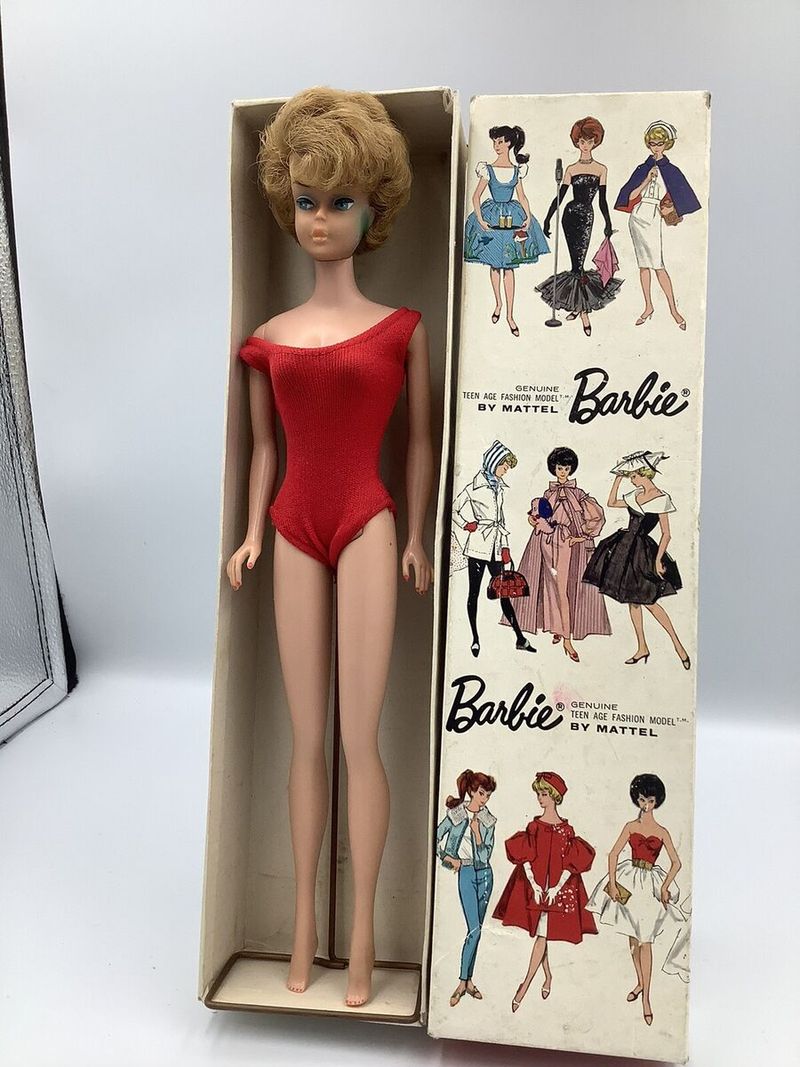
Introduced in 1959, Barbie quickly became a beloved toy throughout the ’60s. With her stylish outfits and diverse careers, Barbie inspired young girls to imagine endless possibilities.
The doll reflected the changing roles of women, encouraging creativity and self-expression. Despite criticism over unrealistic body standards, Barbie remains an iconic figure in toy history. Her debut in the ’60s paved the way for a new era of imaginative play and cultural representation in toys.
10. The Twist Dance Craze
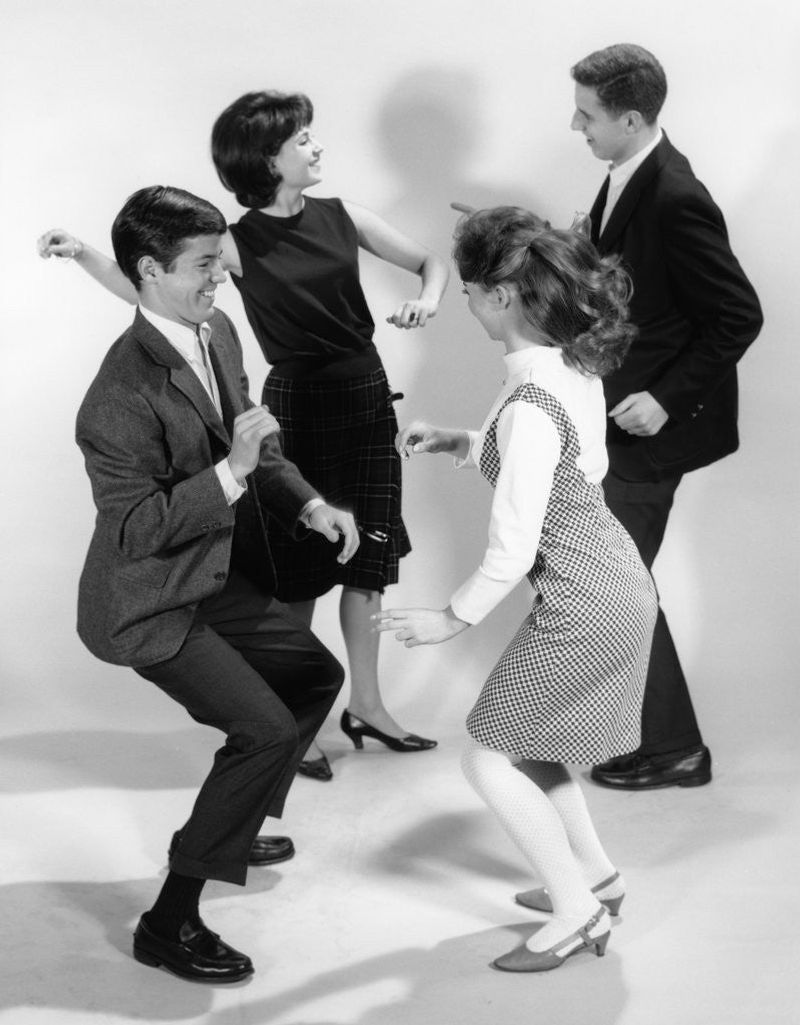
The Twist, popularized by Chubby Checker in 1960, became a dance sensation that swept the nation. Its simple, energetic movements made it accessible to people of all ages.
Dance floors filled with twisting bodies, transforming social gatherings into lively celebrations. The Twist’s popularity reflected a cultural shift towards freedom and fun, breaking away from traditional dance styles. This dance craze left an enduring mark on popular culture, remembered for its infectious rhythm and spirit.
11. The Launch of the Ford Mustang

Introduced in 1964, the Ford Mustang captured the imagination of car enthusiasts with its sleek design and affordable price. This American icon defined the pony car segment, offering performance and style.
The Mustang symbolized freedom and adventure, becoming a beloved classic. Its introduction marked a shift in automotive culture, leading to a surge in youth-oriented vehicles. The Mustang’s enduring popularity continues to charm new generations, remaining a symbol of the ’60s automotive innovation.
12. The Smiley Face Icon

Created in 1963 by Harvey Ball, the smiley face became an emblem of positivity and goodwill. Initially designed for a company morale campaign, it quickly gained popularity, spreading joy and optimism.
The simple yet powerful image symbolized the carefree spirit of the ’60s. Its enduring appeal continues to resonate, appearing on everything from clothing to digital emojis. The smiley face is a reminder of the era’s playful and hopeful nature, a lasting icon of happiness.
13. The Introduction of Color TV

The introduction of color television in the 1960s revolutionized home entertainment, providing viewers with vibrant visuals. As more households adopted this technology, television became a central part of family life.
Color TV brought shows to life, enhancing the viewing experience and cultural impact. This innovation marked a shift in media consumption, setting the stage for future technological advancements. The transition to color broadcasting remains a significant milestone in television history.
14. The Birth Control Pill
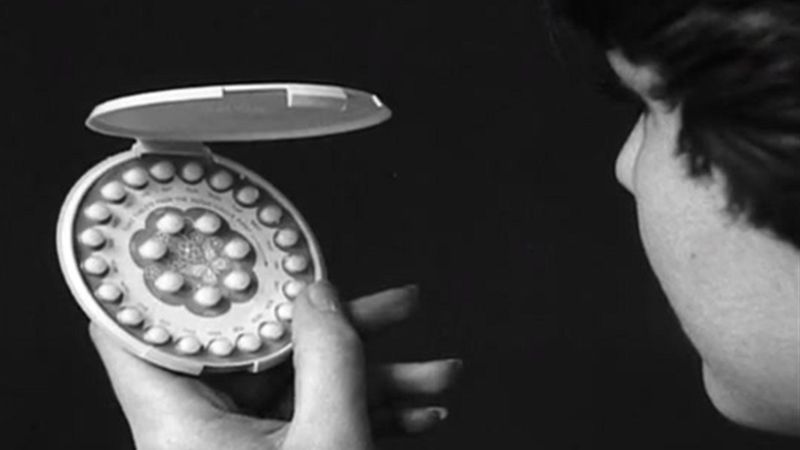
Approved in 1960, the birth control pill was a groundbreaking development in women’s reproductive rights. It offered unprecedented control over family planning, empowering women to pursue education and careers.
The pill’s availability sparked social change, contributing to the women’s liberation movement and reshaping gender roles. Its impact was profound, influencing societal attitudes towards sex, relationships, and personal freedom. The birth control pill remains a pivotal innovation in modern history.
15. Psychedelic Art and Fashion

Psychedelic art and fashion emerged as a hallmark of ’60s counterculture, with vivid colors and mind-bending patterns reflecting a new consciousness. Influenced by psychedelic experiences, this artistic style challenged conventional aesthetics.
Fashion embraced bold designs, with swirling motifs and bright hues becoming a statement of individuality. Psychedelic art and fashion captured the era’s transformative energy, celebrating creativity and self-expression. This movement left a lasting influence on art, design, and cultural identity.

